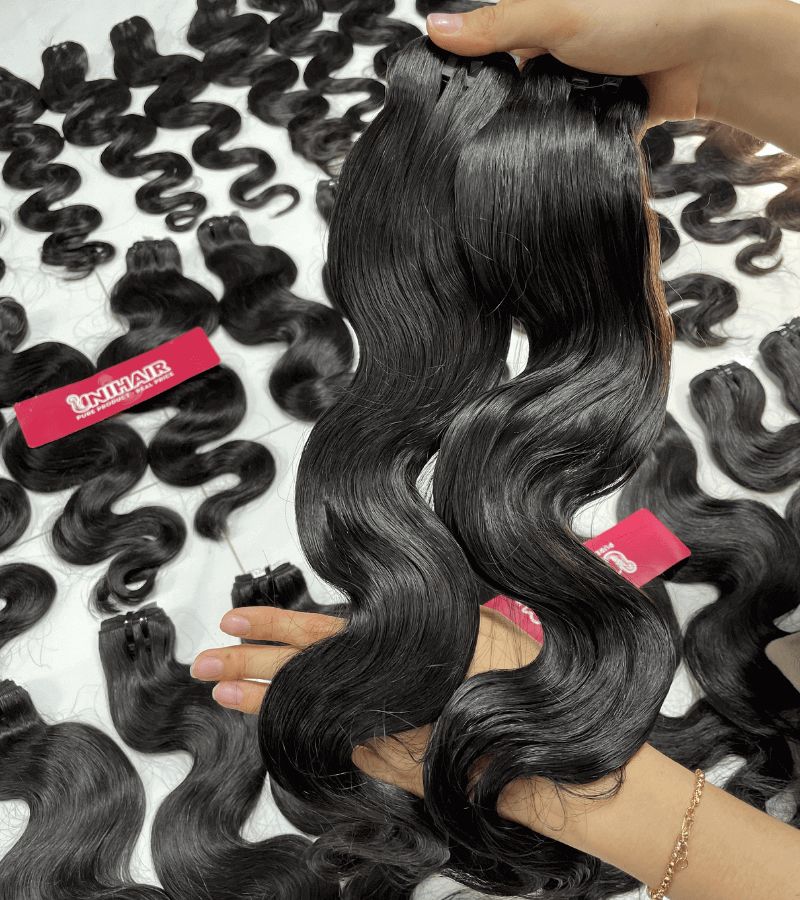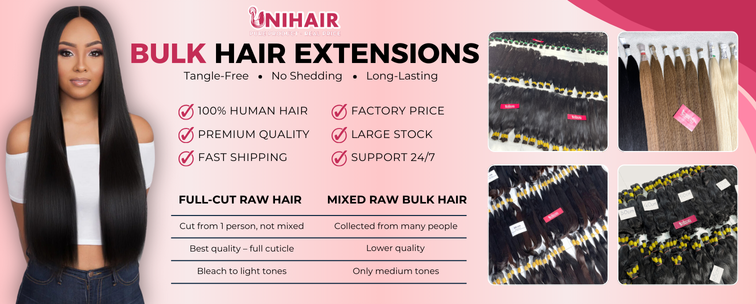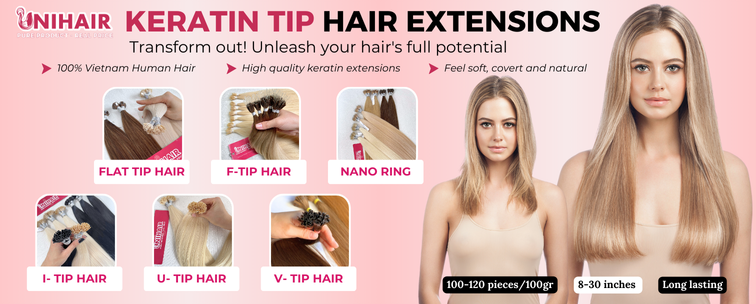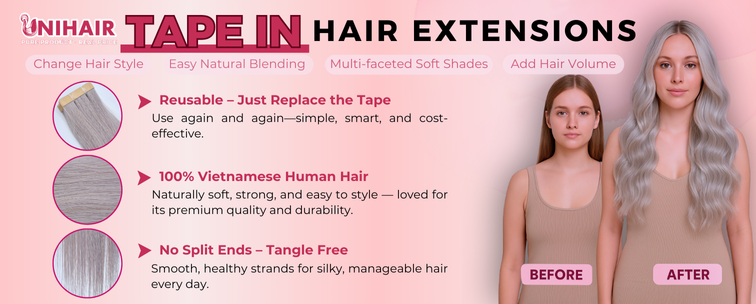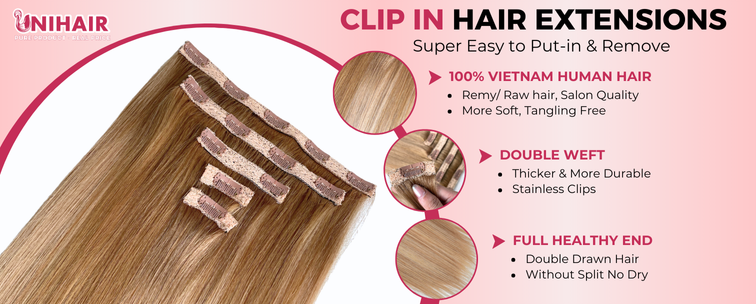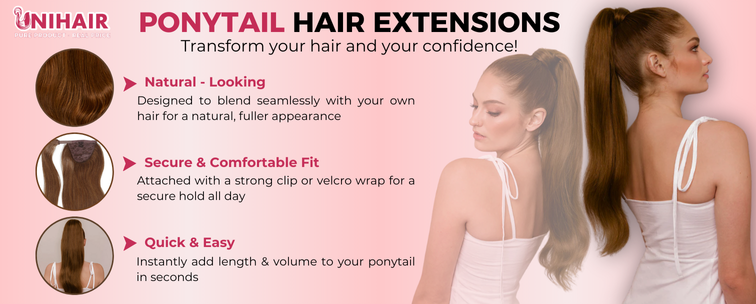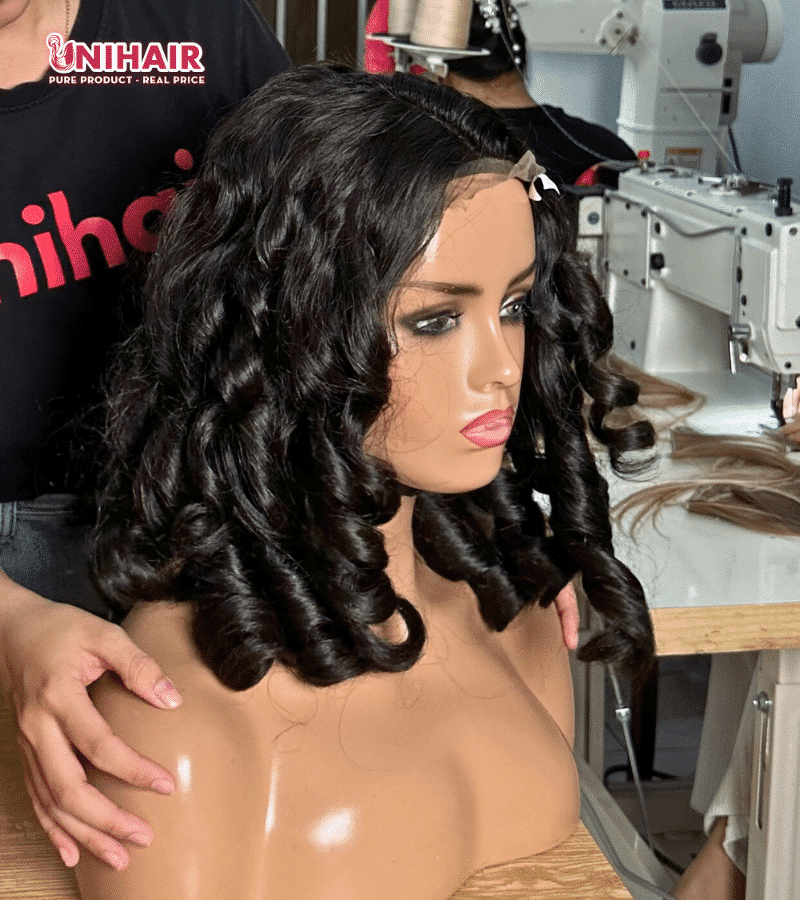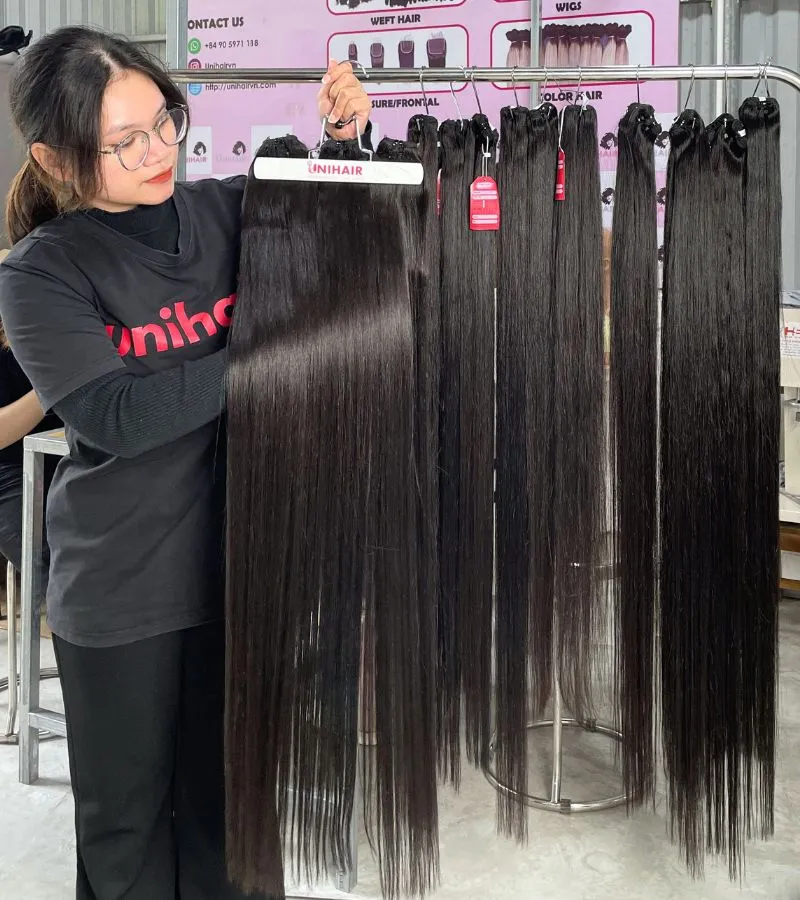Sleeping In A Wig 101: Your Go-To Guide For Overnight Wig Care
Are you curious about sleeping in a wig? Does the thought of “Can I sleep in a wig?” intrigue or worry you? You may be worried that sleeping with a wig on could damage your hair and scalp, or cause matting or breakage. If so, this article is for you. We will take an in-depth look at the pros and cons of sleeping with a wig on as well as provide helpful tips on how to get the most out of wearing a wig while you sleep. Let’s get all the information you need as we put it under the microscope!
Can You Sleep With A Wig On?

Sleeping in a wig is becoming more and more popular among women, as they look for comfortable ways to protect their hair from breakage and maintain a stylish look. Wearing a wig to bed can be an easy way to keep your hair looking beautiful and healthy, while also providing the convenience of a low-maintenance hairstyle.
Many women find that they are able to sleep comfortably in a wig and that the wig does not interfere with their ability to get a good night’s rest. Wigs made from natural fibers such as human hair can be especially comfortable to sleep in, as they will conform more naturally to one’s head and provide a softer, less binding feel than those made from synthetic materials. So if you’re wondering if it’s okay to sleep with a wig on – the answer is yes! Sleep comfortably and stay stylish while sleeping in a synthetic wig.
The Pros Of Sleeping In A Wig

Time-Saving
The biggest pro of sleeping in a wig is that it saves time on styling each morning. Instead of having to spend hours curling or straightening your hair every day, you can put on your favorite wig before bed and wake up with perfectly styled locks! This not only saves time but also eliminates any potential heat damage that could be caused by using hot tools every day.
Protecting Styling
Another major benefit of sleeping in wigs is that they help protect against environmental damage such as wind, sun exposure, and pollution which can play havoc with delicate strands over time. The fabric used to make wigs acts like a barrier, shielding your hair from the elements and helping to keep it looking healthy.
Concealing Hair Loss
Sleeping in wigs can be an effective way to hide thinning or balding areas of hair. Not only does this give you more confidence when out in public, but it also helps protect the scalp from sunburn or irritation due to excessive exposure.
The Cons Of Sleeping In A Wig

Discomfort And Pressure
When sleeping in a wig, many people experience discomfort due to the pressure that the wig may put on their heads. The pressure from the wig can cause headaches, scalp soreness, and even migraines. People who wear wigs for extended periods can be prone to developing sores on the scalp from the constant pressure of the wig.
Potential Damage
Sleeping in a wig can also cause damage to it over time, especially if you are not taking proper care of your wig. If you sleep with a wig that is not properly secured, it can become tangled and matted which will make it difficult to style when you wake up. Additionally, oils and sweat from your scalp can damage the fibers in the wig, resulting in a dry and brittle look.
Hygiene Concerns
Another downside to sleeping in a wig is that it may not be as hygienic as simply washing and conditioning your hair while you sleep. Wigs are not easy to clean, and sweat, dirt, and oils can build up on the fibers over time. This can lead to a buildup of bacteria that could potentially cause scalp infections or other issues if not properly cleaned.
Tips For Sleeping In A Wig

Have you ever wondered how to sleep in a wig? Follow these 5 tips below to ensure a comfortable and secure night’s rest while wearing your wig.
Choose The Right Wig
When choosing the best wig to wear to bed, it’s important to consider the material. Natural hair wigs are often more comfortable when sleeping as opposed to synthetic fiber. The natural fibers will be breathable and adjustable, allowing you to sleep comfortably while protecting your scalp from any irritation.
It is also important to choose a wig of the right size and design. Make sure that it fits snugly on your head so that it won’t come loose or cause discomfort when you are sleeping. Choose a style that will not be too tight or too loose either; otherwise, you may experience headaches in the morning or wake up with a sore scalp.
Prepare The Hair And Scalp
Before putting on your wig, it’s important to prepare the hair and scalp underneath. Make sure to cleanse your scalp thoroughly, using either an oil-free shampoo or hydrating conditioner. This will help keep the skin and hair hydrated while you sleep.
If you have any remaining styling products on your hair, make sure to wash them off with a mild shampoo before wearing the wig. This will help prevent any buildup or irritation that could be caused by these products when sleeping in a wig.
Secure The Wig
Once the scalp and hair are prepped, it’s time to secure the wig on your head. Start by tying your natural hair into a low bun or braid; this will help keep it out of the way while you put on the wig.
You can also use bobby pins to secure the wig in place and help prevent it from slipping off during sleep. Make sure to not pull too tightly, so that you won’t cause any discomfort while sleeping.
Gentle Handling
When wearing a wig to bed, it’s important to try and keep your movements minimal. Avoid rubbing or scratching the scalp underneath the wig as this can aggravate the skin and cause irritation. Try not to toss around too much in your sleep, as this can also make your wig slip off.
Regular Maintenance
Finally, it’s important to practice regular maintenance when wearing wigs to bed. This involves taking care of the wig and keeping it clean while you sleep. After every use, make sure to brush out any tangles or dirt from the wig and store it in a safe place so that it doesn’t become damaged.
It’s also a good idea to add a conditioning treatment to the wig once or twice a week. This will help keep it from becoming dry and brittle while you are sleeping in it. By following these guidelines, you can rest assured while sleeping with your wig and make sure that it looks its best for many nights to come.
Alternatives To Sleeping In A Wig

Sleeping in a wig can provide a quick and easy way to get the look you want without having to style your hair each morning. However, it’s not always the best option for protecting your wig or maintaining its shape and appearance. If you plan on wearing wigs regularly, there are some alternatives to sleeping in them that may be more beneficial for long-term wear.
Wrap Your Head
Wrapping your head with a silk scarf is one of the most popular methods of protecting wigs overnight. This method helps keep moisture away from the hair fibers while also preventing tangles and frizzing when you wake up in the morning. It’s especially helpful if you have curly or textured wigs since they require extra care when sleeping with them on.
Satin Pillowcases And Sleep Caps
Using satin pillowcases and sleep caps is another great alternative to sleeping in a wig overnight as they help protect both natural hair and synthetic wigs from damage caused by friction between fabrics such as cotton or wool pillow cases which can tug at delicate strands of hair throughout the night leading to split ends, matting, breakage, etc.
Protective Hairstyles
Protective hairstyles such as braids, buns, and twists are also great alternatives to sleeping in a wig overnight. Not only do they help protect your natural hair from damage, but they can also keep wigs looking neat and tidy without having to worry about it being crushed or messed up during sleep.
Braiding your hair before bed is a great way to help maintain its shape and avoid tangles. It is also the perfect hairstyle to protect your wig when sleeping overnight as it helps keep the hair from shifting and becoming matted or damaged.
Conclusion
Sleeping in a wig might be an intimidating thought for many, but with the right preparation and knowledge, it doesn’t have to be. By following the tips above, you should now feel confident about how easy it can be to enjoy a good night’s rest even when wearing a wig! In case you still find it uncomfortable, there are many alternatives that can protect your precious hair during sleep. No matter which option you choose, make sure to take extra care of it so that it will last for years to come!

